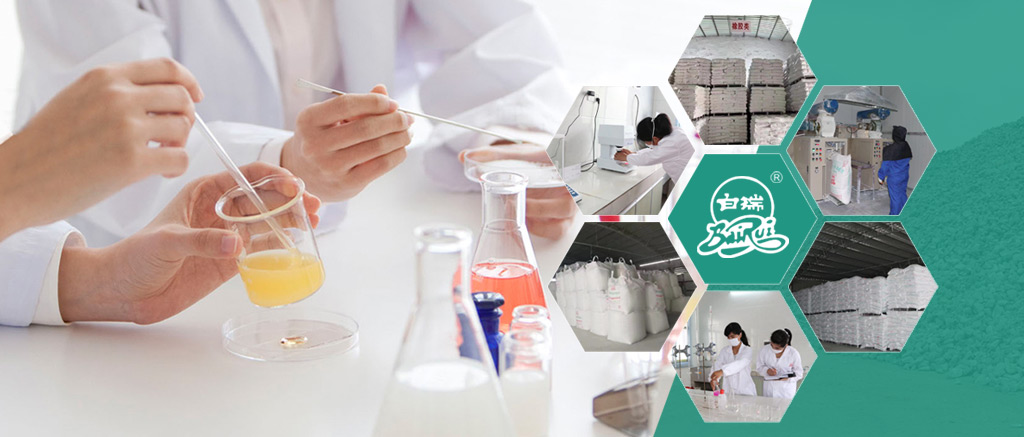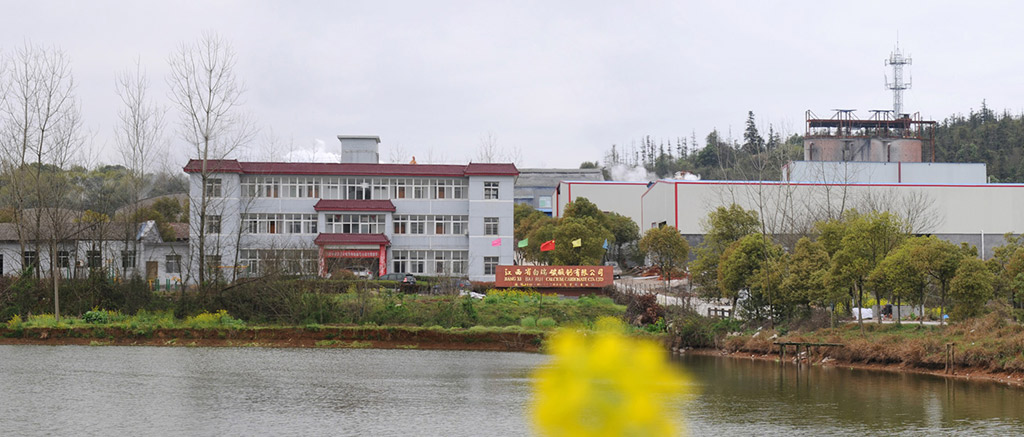How can limestone and dolomite be distinguished
Time: 2018-09-19
In general, people usually use the hardness test and acid test method to distinguish between limestone and dolomite.
Mohs Hardness Test (MOH)
It is a simple mechanical test that uses another metal of known hardness to scrape the stone. This results in a hardness value of dolomite between 3 and 4. The acid test rule is to dilute the hydrochloric acid coated on the stone surface, limestone reaction is strong, and dolomite reaction is not obvious, the surface will form a powder. If the above test effect is not obvious, experimental analysis is needed. If you can know the source of the stone ore, the mineral type and composition will be clear.

In general, marble, limestone and dolomite are three stone materials that can be used interchangeably as building materials. But even stones belonging to the same category have different physical properties. Before deciding which kind of stone is most suitable for use, factors such as the absorption, density and structural integrity of the stone should be taken into account. You can learn from the use of stone in other buildings. For example, the exterior wall of a 100-year-old building can be used as a reference for our exterior wall project.
The absorption of limestone is strong, in view of this characteristic, when we use limestone to lay the ground and other areas, we should take into account the pollution that is prone to appear in the future such as graffiti. In areas vulnerable to environmental damage and heavy pressure, stone with high density and low absorption should be used. From the point of view of historical buildings, dolomite used as an exterior wall surface, the ability to withstand weathering or erosion is stronger than marble and limestone. Because of its small calcite content, it has a strong weather resistance to atmospheric pollution (mainly acid).
Marble, dolomite and limestone are soft stone materials. Therefore, in the construction process and in the future use of the process are extremely vulnerable to external pollution, exposing its poor pollution resistance, such as vulnerable to rain, dirt and other pollution. Compared with granite, these three kinds of stone have high water permeability and are more susceptible to pollution. In order to solve this problem, the best way is to protect it.

The principle of protection is that the protective agent penetrates into the interior of the natural stone, deposited between the tiny particles inside the stone pores, or attached to the individual mineral molecules under the stone surface, in order to prevent water, oil and dirt from entering the stone. Osmotic protectants may be aqueous or solvent-based and usually contain silicon, siliconium, methylsilicate, or other similar silicon compounds. Permeability protection agents can also be divided into two categories: waterproof and oil-proof. Water resistant type is mainly used to block water and water chemicals, such as juice drinks, coffee, tea and soda. The oil repellent is used to prevent water and oil-based liquids from penetrating the stone, such as cooking oil, grease and other oils. Oil-proof permeability guards also have waterproof functions, but water-proof products may not be able to prevent oil pollution.
One of the factors that needs to be considered when using permeable protective agents for protective treatment is the choice of stone and the location of its laying. For the different properties of marble, limestone and dolomite, we should adopt different treatment methods according to the situation. For example, for the daily use of kitchen marble floors, the protective agent selected must have oil-proof characteristics. For the busy hotel lobby floor, pedestrians will leave many footprints, it is easy to rub the ground, then in order to protect the gloss of the surface, in addition to the use of permeability protective agent treatment, if necessary, also need to coat a layer of surface type protective agent, and even use polishing products to polish the ground.
In addition, another factor to consider is the maintenance method. If the dolomite or marble floor is scrubbed daily, the possibility of corrosion damage by acidic chemicals is greater. If the maintenance of the ground is ignored, the dirt will be blocked in the pores of the stone. If the stone itself has a high brightness, the gloss may be worn.
In this way, no matter how good the protective treatment effect of the stone surface is, the surface will become dirty and dark. For example, the floor of a busy hotel lobby is regularly dusted and scrubbed with water every day, perhaps with a surface-type protectant that can be removed. However, if it is changed to the living room at home, it is not necessary to clean it with cleaning agent every day, and it is possible to protect it with a good waterproof permeability protection agent.
Finally, it needs to be emphasized that any kind of permeability protective agent can not form a protective layer on the most surface of the stone, so the stone protected by the permeability protective agent is best to carry out a surface protection treatment, that is, the need to use a surface protective agent, so that the stone can really be regarded as a double layer of protection. Because any kind of excellent maintenance of stone does not need waxing, the wax layer is not breathable, and easy to sticky, easy to make the stone surface color yellow, and the use of breathable and wax-free material surface protectant, can make the stone and protective layer to be further protected, but also to keep the stone natural bright color, really can be said to kill three birds with one stone.
Before choosing stone, its natural bright surface is also a factor that cannot be ignored. However, it is important to ensure that the physical properties of the stone are the greatest value of its use. Only when all the characteristics of the stone are considered, the stone you choose can maximize its decorative practicality and aesthetics.







 Home
Home  News
News


